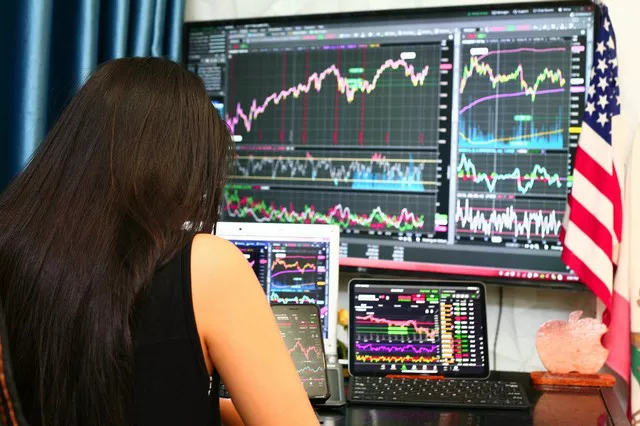Trading in the stock market has always been an interesting venture for many investors and traders. However, with the advent of technology, new tools and instruments have been introduced to make trading even more exciting. One such instrument is stock futures. In this article, we will provide a step-by-step guide to buying and trading stock futures.
Understanding Stock Futures
Stock futures are financial contracts that allow traders to buy or sell a particular stock at a specified price and date in the future. The price and date are agreed upon at the time of the contract. Stock futures are based on an underlying asset, which can be a stock index, commodity, or currency.
Characteristics of Stock Futures
There are several key characteristics of stock futures that traders should be aware of before getting started.
Leverage: One major advantage of trading stock futures is leverage. With leverage, traders can control a large amount of the underlying asset with a small initial investment. This means that traders can potentially earn a significant profit with a relatively small investment. However, leverage can also increase the risk of losses.
Margin: To trade stock futures, traders need to open a margin account with their broker. Margin is the amount of money that traders need to deposit in their account to cover any potential losses. Margin requirements vary depending on the broker and the underlying asset being traded.
Expiry Date: Stock futures have an expiry date, which is when the contract expires. At expiry, traders either settle the contract by taking delivery of the underlying asset or settling the contract in cash.
Advantages of Trading Stock Futures
There are several advantages to trading stock futures. The two main advantages are hedging and speculation.
Hedging: One of the main advantages of trading stock futures is hedging. Hedging is a strategy used by investors to protect their investments from potential losses. For example, if an investor holds a large portfolio of stocks, they may buy stock futures to protect against a potential downturn in the market.
Speculation: The other main advantage of trading stock futures is speculation. Speculation involves taking a position in the market based on expectations of future price movements. Traders can use technical analysis and fundamental analysis to speculate on the future direction of the market.
How to Buy Stock Futures
To buy stock futures, traders need to follow several steps.
Choose a Broker: The first step in buying stock futures is to choose a broker. Brokers are companies that provide access to the market and allow traders to buy and sell stock futures.
Open an Account: After choosing a broker, traders need to open an account. This typically involves filling out an application, providing identification documents, and depositing funds into the account.
Understand Margin Requirements: Traders need to understand the margin requirements for trading stock futures. This includes the initial margin requirement and the maintenance margin requirement.
Place an Order: Traders can place an order to buy or sell stock futures through their broker’s trading platform. Traders can choose the underlying asset, the expiry date, and the number of contracts they wish to trade.
Monitor Positions: Traders need to monitor their positions and adjust their trades as necessary. This involves tracking the price of the underlying asset, managing risk, and making informed decisions.
Strategies for Trading Stock Futures
There are several strategies that traders can use when trading stock futures. Three common strategies are trend following, mean reversion, and spread trading.
Trend Following: Trend following is a strategy that involves identifying trends in the market and making trades based on those trends. Traders can use technical analysis tools, such as moving averages, to identify trends and set stop losses to manage risk.
Mean Reversion: Mean reversion is a strategy that involves identifying overbought and oversold conditions in the market and making trades based on those conditions. Traders can use technical indicators, such as the Relative Strength Index (RSI), to identify overbought and oversold conditions and take profits or cut losses accordingly.
Spread Trading: Spread trading is a strategy that involves identifying correlated stocks and making trades based on the difference in price between those stocks. Traders can calculate spreads and manage risk by using stop losses and position sizing.
Risks and Precautions
There are several risks associated with trading stock futures, including market risk, liquidity risk, and counterparty risk. To avoid these risks, traders should take precautions such as proper risk management, avoiding over-leverage, and staying informed.
Conclusion
Stock futures can be a powerful tool for investors and traders looking to profit from changes in the stock market. However, it is important to understand the characteristics and risks associated with stock futures before getting started. By following the steps outlined in this article and implementing proper risk management techniques, you can increase your chances of success in trading stock futures.


